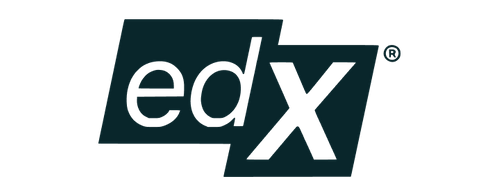Course Features
Duration
5 weeks
Delivery Method
Online
Available on
Limited Access
Accessibility
Mobile, Desktop, Laptop
Language
English
Subtitles
English
Level
Beginner
Effort
3 hours per week
Teaching Type
Self Paced
Course Description
Course Overview
International Faculty
Post Course Interactions
Instructor-Moderated Discussions
Skills You Will Gain
Prerequisites/Requirements
Computer and IT literacy
Curiosity about how data is managed.
What You Will Learn
Define the term NoSQL and the technology it references.
Explain the characteristics of NoSQL databases.
Describe the major categories of NoSQL datastores (document, key-value, graph, etc.) and their architectural differences.
List the most commonly used NoSQL datastores, their primary use cases and benefits (MongoDB, Cassandra, Cloudant, Couch DB, etc.).
Understand the factors affecting return on investment for using locally hosted databases, versus hosted database versus DBaaS.
Describe the architecture, features, and key benefits of MongoDB as a NoSQL database.
Demonstrate hands-on working knowledge of MongoDB and perform various common tasks (including CRUD operations, limit and sort records, indexing, aggregation, replication, sharding)
Describe the architecture, features, and key benefits of Cassandra as a NoSQL database.
Demonstrate hands-on working knowledge of Cassandra and perform various common tasks (including using the CQL shell, keyspace operations, table operations, and CRUD operations)
Describe the architecture, features, and key benefits of Cloudant as a NoSQL database.
Demonstrate hands-on working knowledge of Cloudant and perform various common tasks (including creating the database, add documents, query data, utilize the HTTP API).
Course Instructors
Rav Ahuja
AI and Data Science Program Director
Steve Ryan
Instructor & Content Developer
